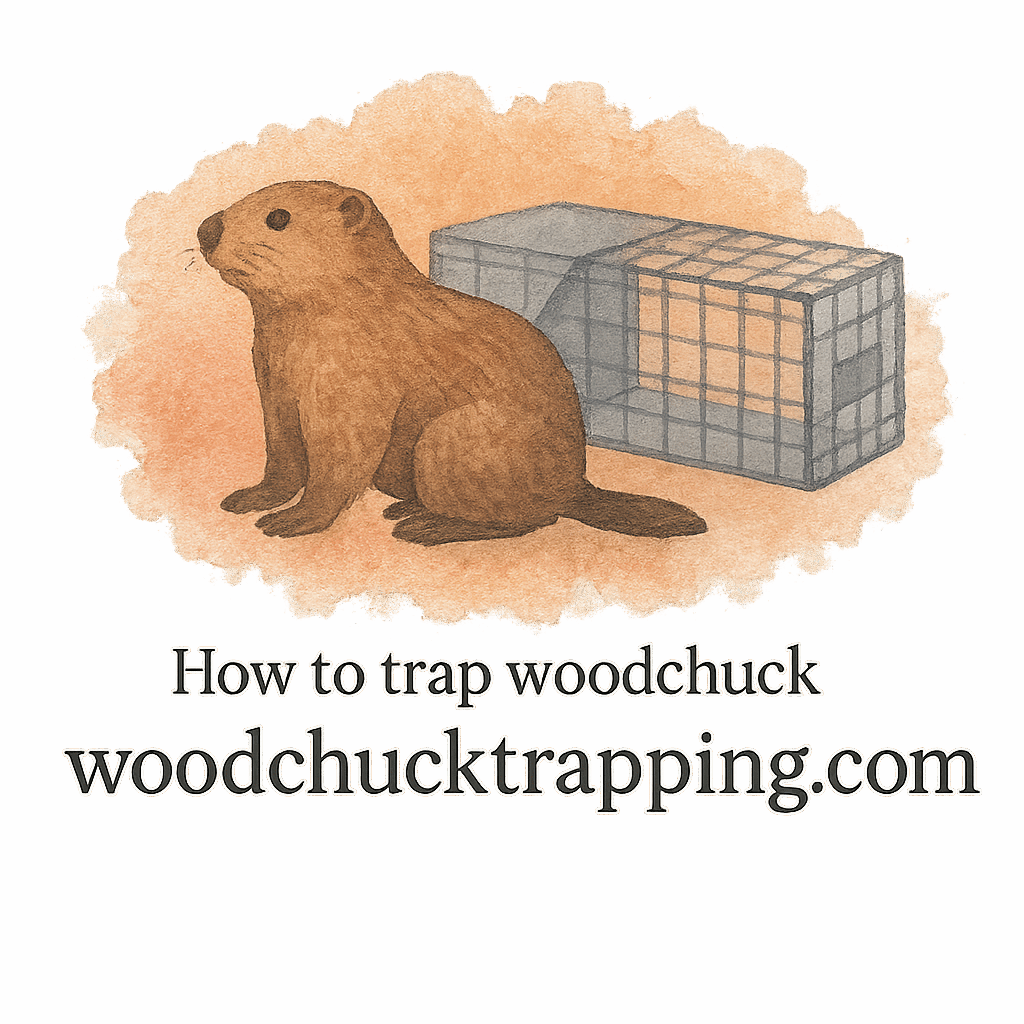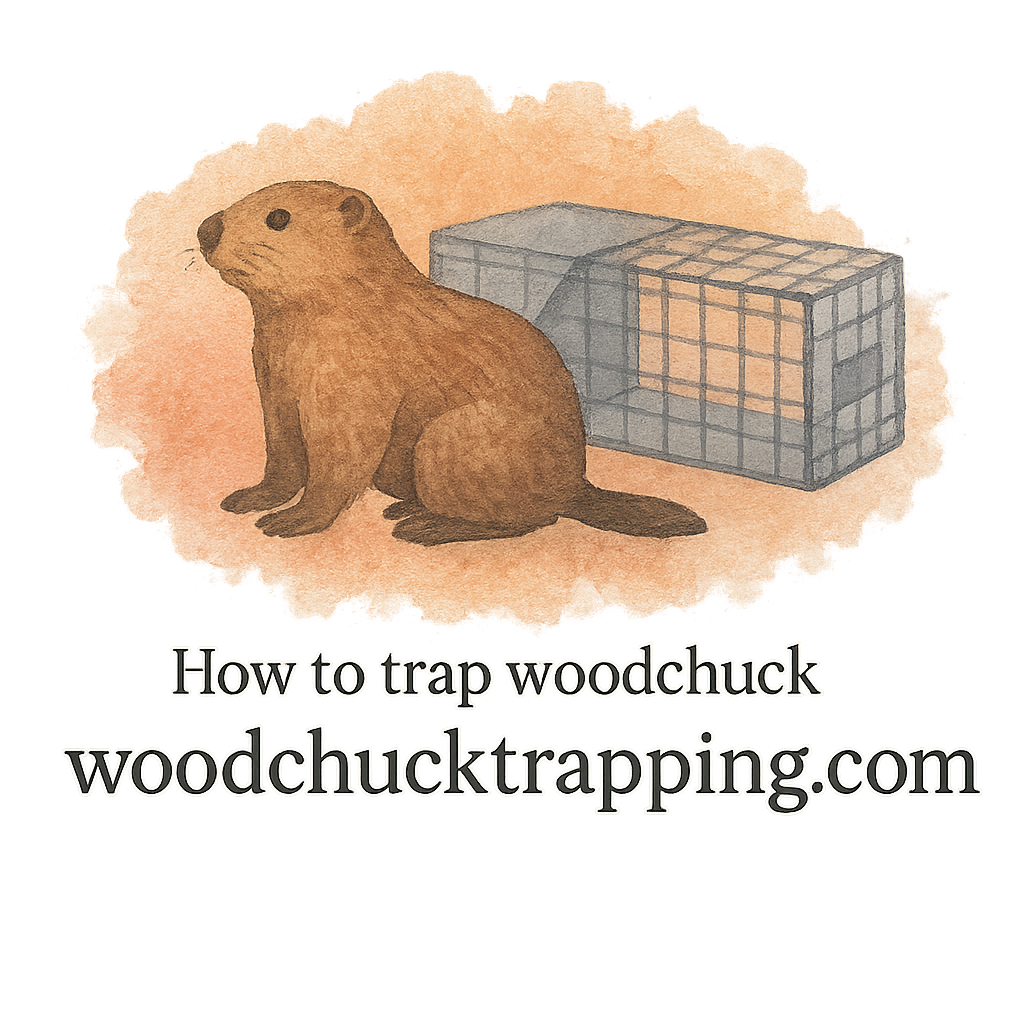Introduction
Woodchucks might look cute, but anyone who’s dealt with them knows how destructive they can be to gardens, lawns, and even home foundations. If you’re struggling with these burrowing critters, you’re not alone. But here’s the thing—trapping woodchucks doesn’t have to be cruel. With the right humane tools and woodchuck trapping techniques, you can protect your property while treating wildlife with respect.
In this guide, we’ll break down 12 humane tools every homeowner should consider for better, safer, and more effective woodchuck trapping. Whether you’re new to trapping or looking to refine your methods, this article has you covered.
Understanding Woodchucks
What Are Woodchucks?
Also known as groundhogs, woodchucks are burrowing rodents that belong to the marmot family. They’re known for digging deep, complex tunnels and feasting on vegetation. While they play an important role in ecosystems, they often become a nuisance in residential areas.
Signs of Woodchuck Infestation
Wondering if you’ve got woodchucks lurking in your yard? Look for large burrow holes, gnawed plants, and dirt mounds. Signs of infestation are usually easy to spot if you know what to look for.
Common Yard Damage by Woodchucks
Woodchucks can cause serious yard damage. From devouring vegetable gardens to undermining patios and sheds, their digging can weaken structures. More about preventing this kind of yard damage can save you big headaches in the long run.
Why Humane Trapping Matters
Balancing Control and Compassion
Nobody wants to see animals suffer. Humane trapping ensures that woodchucks are caught safely and relocated without harm. It’s all about striking a balance—protecting your property while respecting nature.
Legal & Safety Considerations
Before you set a trap, check your local regulations. Some areas have strict laws and safety rules about trapping and relocating wildlife. Following them isn’t just ethical—it keeps you out of legal trouble.

Essential Woodchuck Trapping Tools
Let’s dive into the 12 humane tools you’ll want in your trapping arsenal.
1. Live Cage Traps
A sturdy live cage trap is the foundation of humane woodchuck trapping. These traps capture the animal without causing harm, allowing for safe relocation.
Compact Traps for Minimal Space
If you have a small yard or limited setup area, look into compact traps. They’re efficient, space-saving, and perfect for tight spots.
2. Heavy-Duty Gloves
Handling traps and animals requires protection. Gloves not only protect your hands from bites and scratches but also prevent leaving human scent on traps.
3. Humane Lure & Scent Bait
A good lure or scent bait increases your success rate dramatically. From fresh vegetables to specialized products, baiting is key. For detailed guidance, check out baiting and luring tips.
4. Trap Covers & Camouflage
Woodchucks can be cautious. Trap covers help blend your trap into the environment, making it less intimidating.
5. Baiting Tools
Small scoops, bait holders, and bait sticks make setting traps quicker and cleaner.
6. Trap Scent Neutralizers
Woodchucks have sharp noses. Using trap scent neutralizers ensures that your trap smells natural, not suspicious.
7. Trap Gear for Handling
From trap gear to animal handling tools, having proper equipment makes relocation safe and stress-free.
8. Sturdy Trap Stakes
Stakes keep your trap anchored, preventing strong animals from tipping or dragging them away.
9. Humane Release Equipment
Once caught, you’ll need safe ways to release woodchucks. Special release tools ensure you’re not putting yourself—or the animal—in danger.
10. Motion-Activated Cameras
Want to monitor activity around your trap? A motion camera helps confirm whether woodchucks are present and active near burrows.
11. Yard Damage Prevention Barriers
Fencing and underground barriers protect your garden even before trapping begins. Learn more about yard protection strategies that last.
12. Safety & First Aid Kit
Last but not least, always keep a safety kit handy. Even with gloves, accidents happen—better to be prepared.
Woodchuck Trapping Techniques with These Tools
Effective Baiting and Luring
Using the right bait is crucial. Combine scent bait with fresh produce to attract woodchucks quickly.
Setting Traps Near Burrows
Woodchucks are creatures of habit. Setting traps near their burrows increases your chances of success.
Handling Trapped Animals Safely
Safety is everything. Follow humane handling practices to minimize stress on the animal and risk to yourself.
Preventing Future Infestations
Habitat Modifications
Clear brush, seal shed foundations, and reduce food sources. These steps discourage woodchucks from moving back in.
Long-Term Yard Protection
Permanent fencing, barriers, and other prevention techniques provide peace of mind for years.
Final Thoughts
When it comes to managing woodchucks, the goal is simple: protect your property without causing unnecessary harm. By using these 12 humane tools, you can trap efficiently, safely, and ethically. With the right trapping techniques and tools, you’ll not only solve today’s problem but also prevent future infestations.
FAQs
1. What’s the most effective humane tool for woodchuck trapping?
A sturdy live cage trap combined with the right lure is the most effective.
2. Can I trap woodchucks without using bait?
You can, but baiting and luring dramatically increase success rates.
3. Is it legal to relocate a trapped woodchuck?
That depends—always check laws and safety regulations in your area.
4. How do I keep woodchucks from returning after trapping?
Invest in yard damage prevention measures like fencing and underground barriers.
5. Do I need special gloves for handling traps?
Yes, durable gloves are essential for safety and scent control.
6. Are compact traps as effective as larger traps?
Yes, compact traps work well in smaller spaces but should still be sturdy enough for woodchucks.
7. What should I do if I catch the wrong animal?
Use humane release methods to safely let it go without harm.


